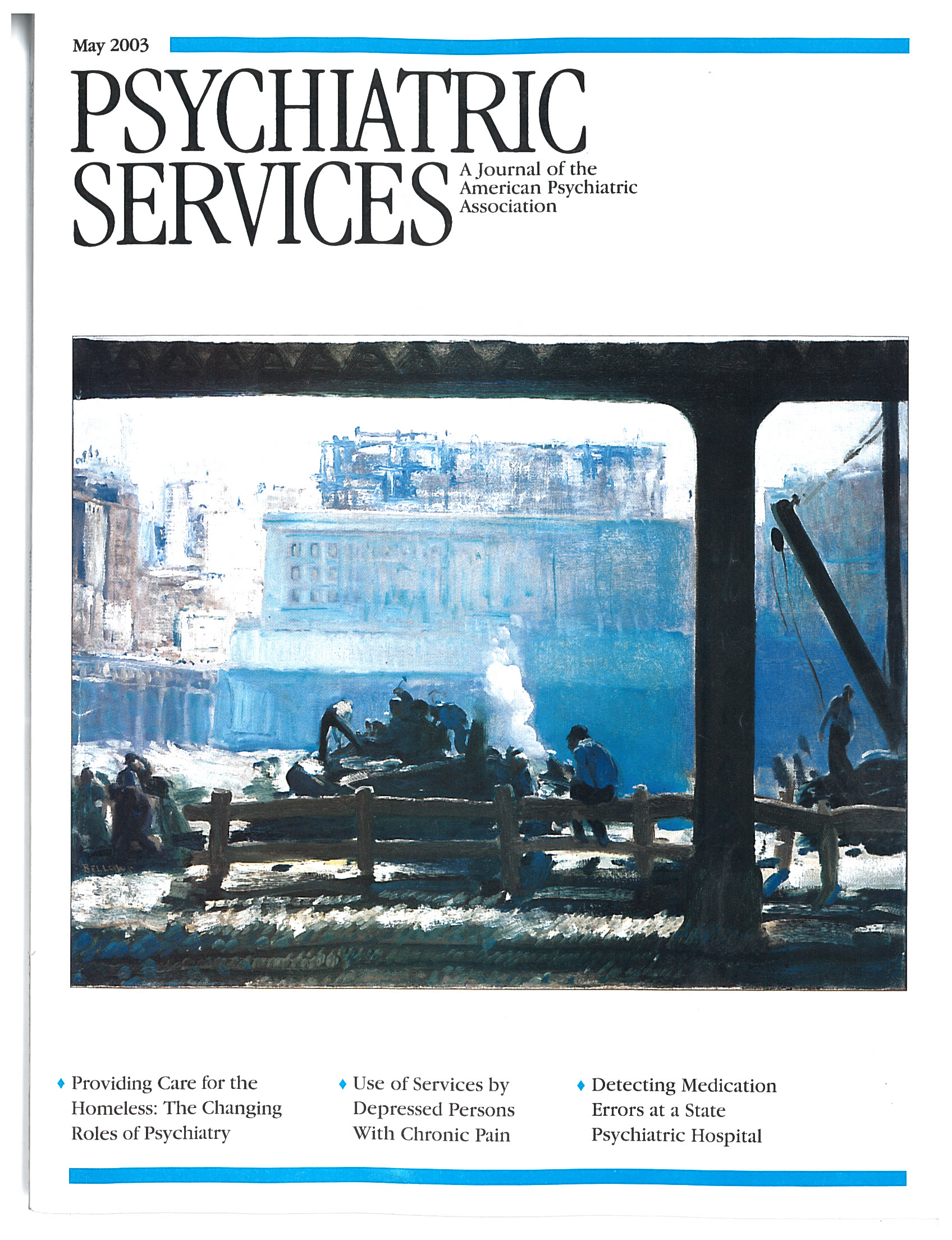Use of Chart and Record Reviews to Detect Medication Errors in a State Psychiatric Hospital
Abstract
OBJECTIVE: This study compared the effectiveness of using a review team and the usual self-reporting method in detecting different types of medication errors in a state psychiatric hospital. METHODS: Medication errors were defined by using widely accepted criteria. Rates of prescription, transcription, administration, and dispensing errors were determined, and the risk of harm from each error was rated as high, moderate, or low. A review team was assigned to retrospectively review 31 patient records for prescription, transcription, and administration errors for a total of 1,448 patient-days. Dispensing errors, which can only be determined concurrently, were reported for an equivalent number of patient-days. The error rate was compared with the rate that was determined by the usual method of self-reports from all nursing and medical staff. RESULTS: In the 31 charts retrospectively reviewed and the dispensing events concurrently reviewed, the team detected a total of 2,194 medication errors, whereas a total of nine errors were self-reported for the same patient group. Administration errors accounted for more than half of the total (66 percent), followed by transcription errors (23 percent), prescription errors (11 percent), and dispensing errors (less than 1 percent). Nineteen percent of errors were rated as having a low risk of harm, 23 percent as having a moderate risk, and 58 percent as having a high risk. CONCLUSIONS: Use of a review team should be considered as a method for detecting and reporting medication errors.



